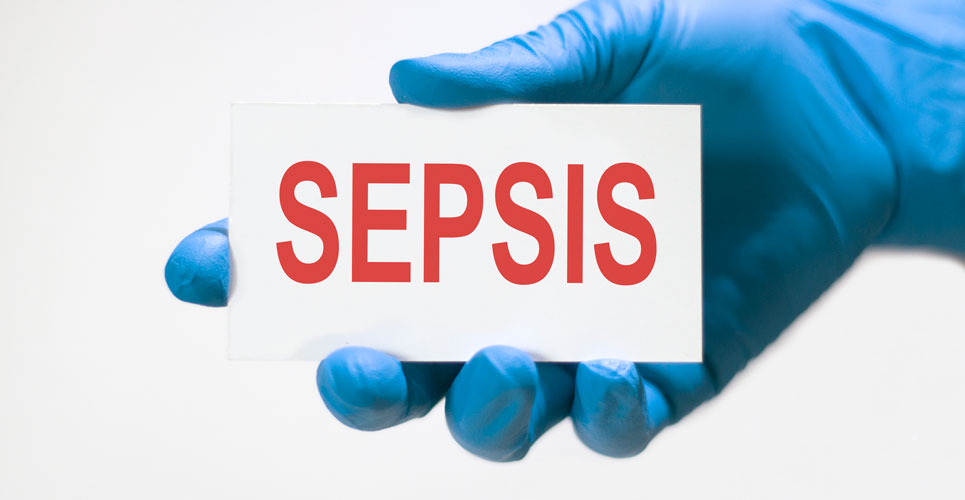Early intravenous fluid use in sepsis patients who are seen in an emergency department has been found to increase after the introduction of several improvement interventions, according to a study by a team from Western Sydney University, School of Nursing and Midwifery, Australia.
Sepsis is a syndrome of physiologic, pathologic and biochemical abnormalities and is induced by infection.
Although the precise global burden is difficult to determine with a high degree of certainty, the World Health Organization reports that, in 2017, there were an estimated 48.9 million cases and as many as 11 million sepsis-related deaths globally.
Early intravenous fluid resuscitation is crucial for stabilisation of sepsis-induced tissue hypo-perfusion or septic shock and has been recommended by the ‘Surviving Sepsis Campaign’ guideline in 2017.
In the latest update, it is recommended that crystalloid fluid should be given within the first three hours of resuscitation.
The Australian team wondered to what extent any interventions to improve early intravenous fluid administration might improve compliance with the sepsis guidelines and set out to find an examine the value of any such interventions.
The team undertook a literature search for studies in adults presenting at an emergency department with sepsis and included those trials where the purpose of the intervention or strategy was to influence early intravenous fluid administration, for example, through educational programs, sepsis alerts or inclusion in sepsis protocols.
Early intravenous fluid interventions
A total of 31 studies were included in the analysis. In 15 of these studies with a total of 1,538 patients assigned to the intervention arm, the summary estimate indicated a 47% improvement in the rate of compliance with early intravenous fluid use (relative risk, RR = 1.47, 95% CI 1.25 – 1.74, p < 0.01).
The mean difference in time to initiation of early fluids was -24.11 minutes, i.e. an average reduction of 24 minutes in the time to fluid resuscitation between intervention and control groups.
Similarly, patients received an average additional 575 ml of fluids within the protocol recommended time as a result of the intervention.
In discussing their findings, the authors reported how early intravenous fluid administration compliance increased by an average 47% and more importantly, this improvement was seen in a variety of emergency departments across the world.
The authors described how there were a range of interventions employed which ranged from educational to process change measures such as a multidisciplinary sepsis program.
They concluded that performance improvement initiatives appeared to significantly improve compliance with early intravenous fluid administration and called for future studies to examine the subjective factors influencing the use of an early fluid bolus.
Citation
Kabil G et al. Early fluid bolus in adults with sepsis in the emergency department: a systematic review, meta-analysis and narrative synthesis BMC Emerg Med 2022.

